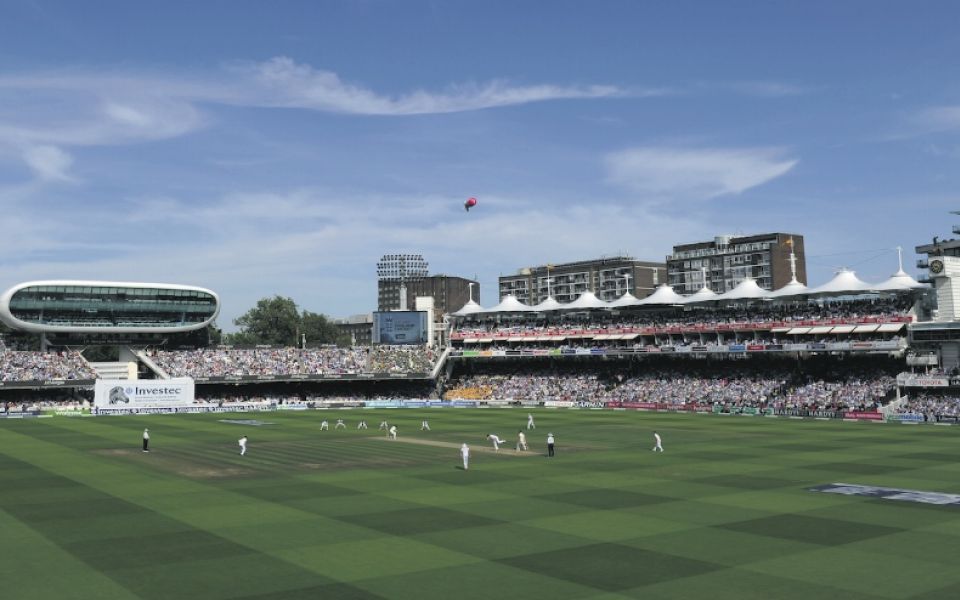Focus On St John’s Wood: Why the genteel life on offer in this north west London village has endured for over a hundred years

The rapid gentrification of the grottier parts of London has dominated the capital’s housing chat over the last few years.
Everyone loves a rags to riches story, but as boring as it sounds, there are some parts of London that have always been, well, lovely. St John’s Wood is one of those places, a north west London village that has managed to retain its upmarket appeal for over a hundred years.
“St John’s Wood was one of the first suburban inner London neighbourhoods,” explains David Fell, research analyst at Hamptons International. “Here the usual lines of terraces were never built; instead, an exclusive mix of larger homes set the tone.
"Like many 19th century London houses, they were sold as leasehold, with strict convenants setting out acceptable behaviour to maintain desirability. The inevitable arrival of the Tube at the turn of the 20th century was initially met with suspicion by class conscious locals worried it would link them to places they’d paid to escape.”
They’re certainly thankful for the Tube now; it opened in 1939 on the Bakerloo Line and wasreplaced in 1979 by the Jubilee Line, with the commute into the city taking around 15 minutes.
Its upmarket origins means it has some of the largest plots in London. As the city has got denser, space has become more of a luxury and St John’s Wood’s large family homes, with off-street parking, large gardens, along with a plethora of modern portered flats with views over Regent’s Park, has meant it’s kept its air of exclusivity.
With a number of Good and Outstanding rated schools nearby – notably The American School in London and George Eliot Primary School – it’s also a draw for wealthy, professional families. It retains a close-knit community, despite the hordes of tourists that descend to walk across the crossing outside Abbey Road Studios.
“It’s also popular with writers and celebrities. It’s always had a more ‘bohemian’ feel,” says Merlin Dormer, a partner at Heaton & Partners in St John’s Wood. “The market has remained strong over the last year with modest price increases despite a difficult year to 2016 for Prime Central London.”
Indeed, the area has seen average house price growth of 21.2 per cenover the last two years, with 196 properties selling for over £1m in 2016, according to Hamptons’ research data. The largest sale last year was a detached house sold on Avenue Road for £24.85m.
Ten years ago, the average house cost about £707,000, but now, you’d need another million on top of that.

Why did The Beatles cross the road?
Unsurprisingly, the most common business on the high street is an estate agency; there are 30, closely followed by 29 restaurants. Despite this, the high street is still enormously attractive, scattered with mid-to-high end boutiques, family-run delis and eateries. According to Hamptons, 77 per cent of the high street is run by independents and the business most likely to open up is an art and antiques shop (the number of these has increased by 14 per cent).
International students have added a bit of diversity in recent years, says Foxtons office lettings manager Kristian Brown. “We accommodate a good number of students from the nearby London School of Economics and University College London.
“It’s a combination of lower density housing, the family-friendly, tightly-knit community atmosphere and the peaceful location bordering Regent’s Park that makes St John’s Wood resemble a sort of wonderful hidden suburb right in the heart of London.”

A Harry Morgan salt beef number
Area highlights
The Grade II Listed Abbey Road Studios continues to be a draw for Beatles fans and music buffs alike. Known for the innovative sound techniques recorded there by the Fab Four and Pink Floyd, artists as varied as Yehudi Menuhin and Lady Gaga have performed there. Lord’s, named after its founder Thomas Lord, is another icon of the area. Not only is it the home of cricket, it’s also home to the world’s oldest sporting museum. Don Pepe, on the other hand, is one of London’s oldest tapas bars, run by the Garcia family since 1974. Another local favourite is Harry Morgan, a Jewish restaurant serving up salt beef sandwiches and chicken soup since the 1930s. Panzer's is another family run deli; it’s been around for 50 years and does a great line in international foodstuffs, whether it’s from the USA or Eastern Europe. For a great local boozer, look no further than the Duke of York on the high street, a 19th century, community-minded gem.
Area guide
House prices Source: Zoopla
DETACHED
£4.497m
SEMI
£3.642m
TERRACED
£2.729m
FLATS
£1.052m
Transport Source: TfL
Time to Canary Wharf: 20 mins
Time to Liverpool Street: 22 mins
Nearest train station: St John’s Wood
Best roads Source: Hamptons International
Most Expensive: Acacia Road: £6,227,727
Best Value: Scott Ellis Gardens: £454,097